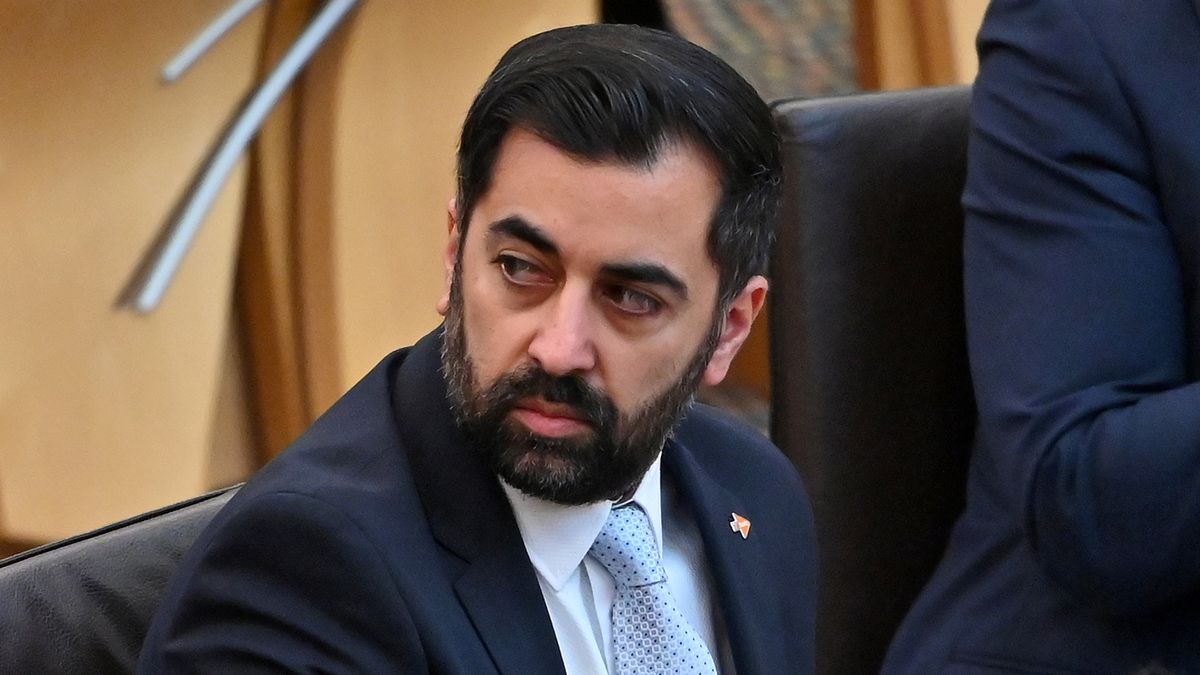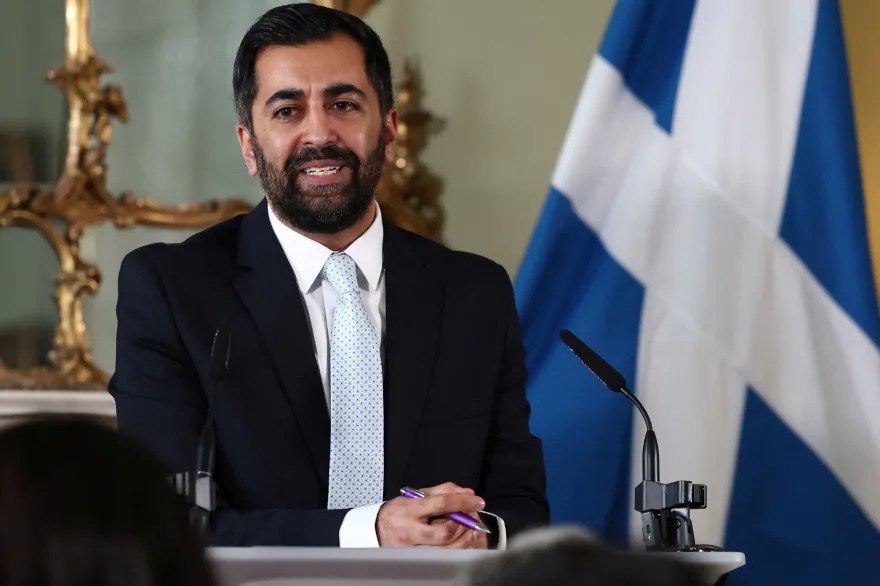The Scottish National Party (SNP) leader is facing a pivotal moment as he seeks to bolster his support amidst looming challenges. His strategy involves unveiling policy initiatives aimed at job creation, climate action, and enhancing public services.
However, this comes amid the backdrop of potential no-confidence votes, both in himself and his government, triggered by his decision to terminate a governing pact with the Scottish Greens, known as the Bute House agreement. Despite the mounting pressure, he remains resolute in addressing the concerns of the people.
In an effort to regain control of the narrative and demonstrate proactive leadership, the first minister is making public appearances and policy announcements. His recent announcement of an additional £80 million for affordable housing signifies a shift in focus and a response to pressing community needs, contrasting with previous austerity measures. However, his primary challenge lies in gaining the confidence of opposition politicians within the Scottish Parliament, where a slim majority hangs in the balance.

Humza Yousaf (Credits: The Week)
With opposition MSPs outnumbering SNP members, securing support from within his own party and potential allies becomes imperative for the first minister’s survival. This includes engaging with disillusioned members like Ash Regan, who has set conditions for her support, including a renewed focus on independence and addressing gender-related issues. The dynamics of minority government necessitate delicate negotiations and compromises to maintain stability.
The fallout from the breakdown of the coalition with the Scottish Greens adds complexity to the political landscape. While the SNP attempts to navigate alliances and rebuild bridges, tensions within the party and criticism from sidelined figures exacerbate the challenges. Fergus Ewing’s vocal opposition underscores the internal dissent, reflecting broader divisions that the first minister must reconcile to forge a path forward.
Despite the uphill battle and grim assessments from senior sources, the first minister remains determined to weather the storm. However, the feasibility of his long-term survival hinges on his ability to navigate a precarious political terrain while appeasing various factions within and outside the SNP. As backdoor negotiations intensify and alliances shift, the fate of the SNP leader hangs in the balance, with each move carrying significant implications for Scotland’s political landscape.























